Janine Elliot continues her series of articles for Hifi Pig highlighting classic hifi from yesteryear. This month, given that Sennheiser have recently announced a new $55 000 Orpheus, she turns her attention to the original Sennheiser Orpheus, first released in 1991.
I remember, way back in 1977 buying my PWB electrostatic headphones from KJ in Watford. I couldn’t afford a Stax Lambda, and 14 years later, heavily mortgaged, I still couldn’t. That year, 1991, Sennheiser made its boldest move with the ‘Orpheus’, a complete electroacoustic kit that was on another planet. Koss had been making electrostatics since 1968 with the ESP/6, and I remember much later trying the ESP/9s but found those very heavy and bulky, just as was the ESP/6. The reason for the weight was the fact that Koss believed it was preferable to put the transformers in the ear-cups rather than in a separate box next to your amplifier, like the Stax, and my PWB for that matter. That all changed with the ESP/950’s. Despite the hype from the electrostatic Sennheisers, most hifi fans only ever verbally connected the word ‘electrostatic’ with the word ‘Stax’, and the Orpheus never ran its life for long despite it being the world’s most expensive and oft described ‘probably the best ever headphone’.
In its run of just 300 units, which were all sold very quickly, it was certainly the best ever engineered and most expensive headphone. Until 2016, that is. The announcement of a very new Orpheus comes at the same time that Kodak has announced their first Super 8 video recorder since 1982. But whilst the Super 8 is certainly a backward step (and one wonders ‘WHY’), the new Orpheus is anything but. This, and its father, is the model serious reviewers all talked about, even if they never got to hear it.
Founded by a Dr Fritz Sennheiser and seven other engineers from the University of Hanover, the German company Sennheiser has produced some brilliant headphones over the years; notably the yellow-foamed HD414s, the HD600s which led to the HD650s, and later the HD800s. Their Orpheus is largely the work of Manfred Hibbing and contains the HE90 headset and HEV90 energiser/class-A valve amplifier. This model was never intended for mass sales; how could it at the price? No, Sennheiser had set itself the target of making the best headphone in the world, whatever the cost. The Orpheus, looking like a HD600 with wooden wingnuts and supplied with beautifully designed valve amplifier, was a pure beauty, though I still felt at the time it didn’t look quite as good as its hefty price-tag (the cost of four of them would buy you a house in Luton). In November 2015 Sennheiser again, like a scene from Groundhog Day, came out with the announcement of a no-expenses-spared headset pertaining to give the best ever sound quality, at €50,000 (again a quarter of the price of a 3 bed house) and with a frequency response from 8 to 100,000Hz. This one actually does look €50,000, though. Labelled their ‘monument to sound’ appropriately with a marble slab from Carrara in Italy (which apparently Michael Angelo also used in his sculptures) it has two black chromed brass boxes sitting rather out-of-place on the top. On switch-on firstly the knobs in the front come out to greet you, then the valves pop up from the box on the right and finally the headphones appear from under a lid of the box on the left. A sort of clumsy B&O, though still a cool idea, and as much fun as listening, I guess. This Orpheus is also labelled the HE1060/HEV1060 combination, though just like its predecessor, “Orpheus” will do nicely thank you. The original designer came out of retirement to help with the design of the 2016 version, too.
The original 1991 Orpheus cost $12,500, and today 25 years later – if you were ever able to find one of the 300 up for sale – well, you would expect to pay at least twice that, perhaps as much as $40,000 for a really good condition example. Looking more like a spaceship, everything about the original eschewed luxury; from the almost art-deco layout and chromed platform around the valves (almost copied by Manley and Shanling) to the fancy wood layers at the rim of the electrostatic head pieces. This was no ordinary beast. The valve Class-A amp didn’t have an on off button, but rather you had to insert a key into a lock and turn it clockwise to enable the unit, much like you start your car up in the morning. Good idea, then no one in your house would be tempted to switch it on, since the owner would undoubtedly keep the only key with that of their Porsche or Mercedes. If you lost your key then a call out to the AA would probably be required. The volume control was tastefully hidden at the top of the central front pillar holding the whole unit upright, and with a rated 118dB maximum output, these things can go pretty damn loud. There are provision for two headphones to be connected (an extra pair for your partner was $6500). Three inputs include analogue and optical (TosLink) and coaxial (S/PDIF) digital. The fragile electrostatic membrane includes a 1um–thick, gold-coated polymer foil. The electrodes are made of high-strength glass with a honeycomb of perforations. One side of each of the two electrodes in each headset is gold-plated which can be clearly visible through heavy stainless-steel protective mesh screens.
Where the new Orpheus is a minimalist and simplistic design, with even the three knobs on the front receding into the Marble slab when not switched on, the chrome fronted original Orpheus was a very dramatic design aimed at grabbing your attention (and your reflection) before you even started to listen. When I got to listen to the original Orpheus it did feel to me, I recall, to be amazingly clear mid and high frequencies, though the bass was very thin compared to the conventional cans I was used to wearing, and, from what I have heard, less than the Stax Lambda electrostatics that were gracing the hifi shops at the time. My PWB’s were the best thing Peter ever made and with their less than clearest electrostatic top end made the Orpheus miles ahead of anything electrostatic I had heard until I bought my own Stax. That top end just amazed me and it felt, to me, like they could never be bettered. I am aware from those that have so far heard the new 2016 Orpheus that this one is even better. Perhaps, then, another even better one in 25 years’ time?
Janine Elliot
Read more Retrobites with Janine Elliot













































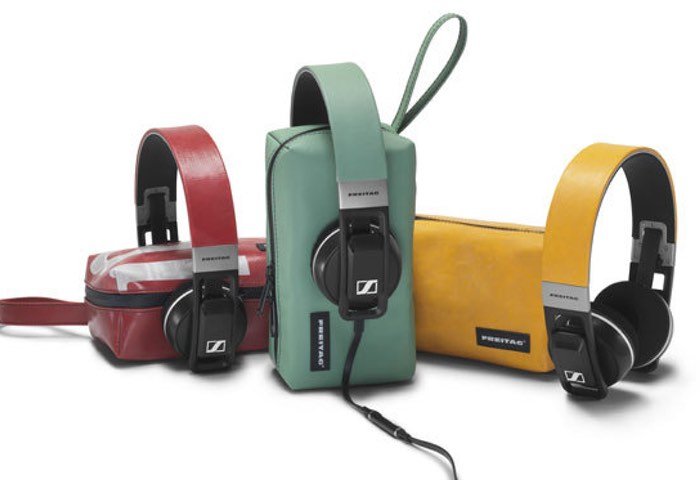


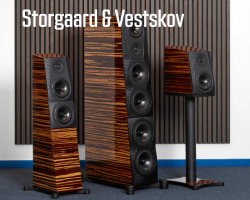


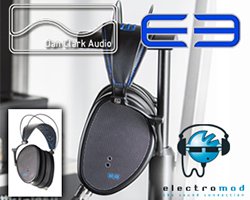





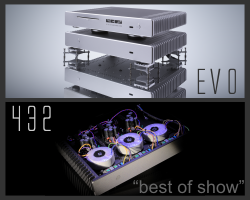



























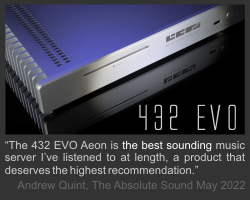





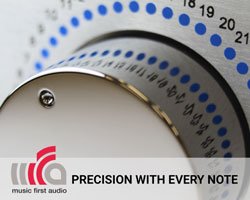


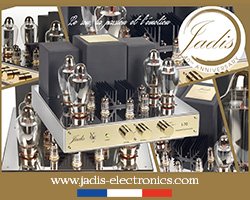






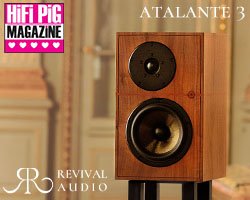



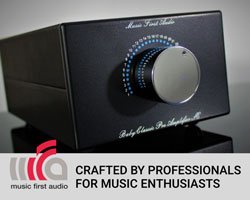





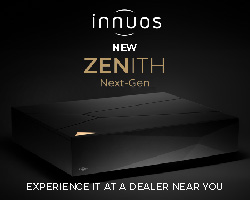


























































You must be logged in to leave a reply.